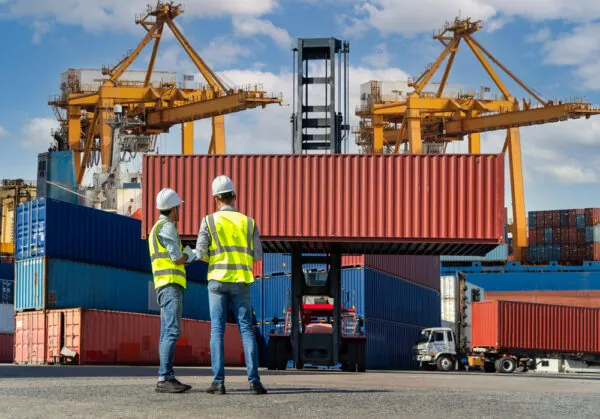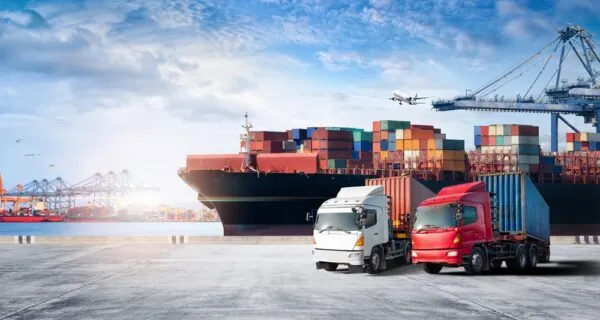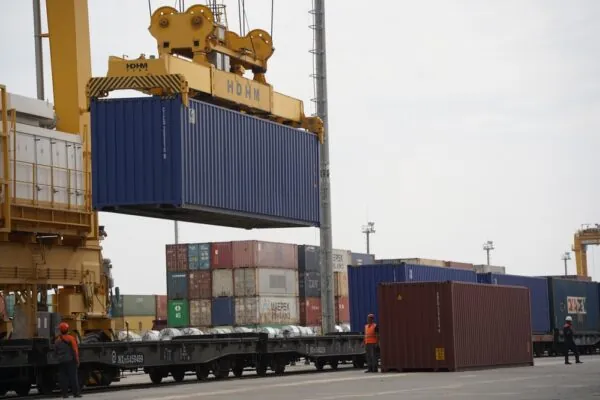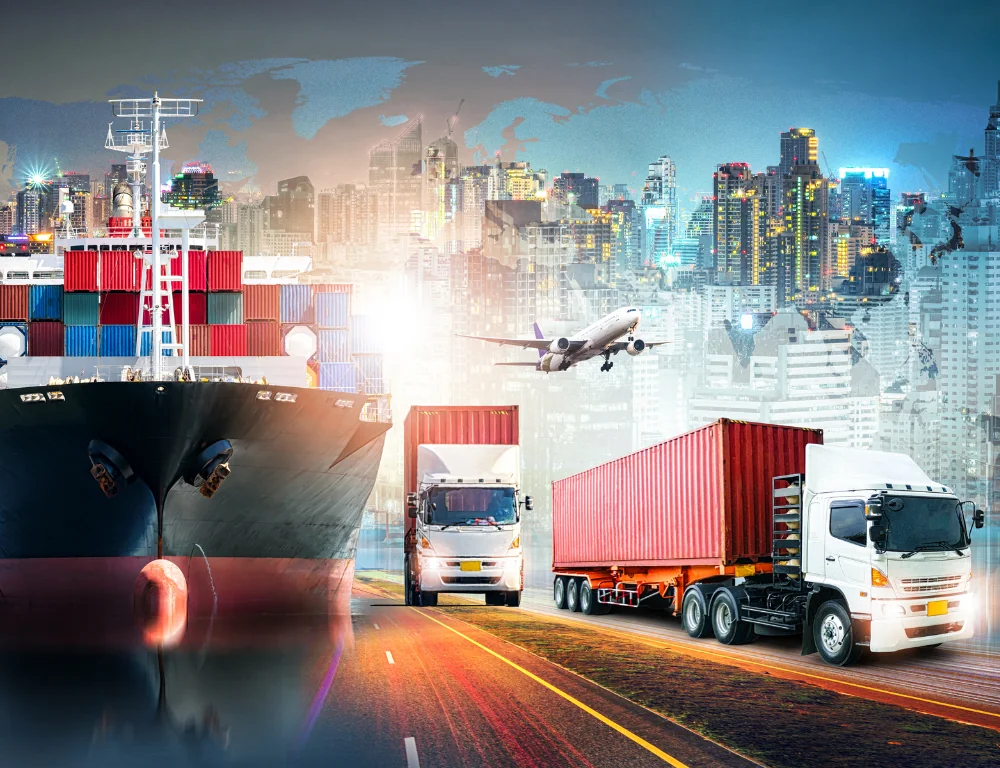Efficiency in the world of logistics is paramount to the success of moving goods to and from places. There are many different modes of transportation and processes along the way that ensure this.
One of the processes is called transloading. But what exactly is transloading, and why is it vital to modern supply chains?
FreightCenter, a trusted source in the field of logistics, will guide you through all the fundamentals of transloading and its significance within the industry.
What Is Transloading In Logistics?
Transloading is the process of transferring goods from one mode of transportation to another, typically done at a transloading facility. For instance, when shipping freight internationally, the cargo is moved from a ship to a truck or a railcar to reach its final destination inland.
It involves quick transfers that offer flexibility and facilitate the continuous flow of goods throughout the supply chain.
However, don’t get it confused with intermodal transportation! While both involve multiple modes of transport, transloading emphasizes the transferring and handling goods between modes rather than keeping goods in a single container throughout the journey, like intermodal transportation.
Due to the pandemic, e-commerce took off, shifting the importing patterns in logistics and leading to a higher usage of transloading.
Many different industries use transloading in their shipping process. Industries like retail, automotive, agriculture, and manufacturing all utilize transloading. This means that pretty much anything can be transloaded; some products include:
- Lumber
- Palletized goods
- Minerals, aggregates, sand, sugar, grains
- Steel beams

What Are The Key Steps Involved In Transloading?
Transloading begins at a facility, where the cargo is delivered via truck, rail, or boat after its initial transport. The goods are then sorted, potentially repackaged, and loaded onto the next mode of transportation for delivery.
So why does cargo sometimes need to be repackaged?
Different transportation modes have varying cargo weight, shape, and size requirements. Repackaging ensures that the cargo fits the specifications of the next transport mode – which helps maximize space and minimize costs for the carrier.
Repackaging also increases the safety of the freight, ensuring that the goods are well-protected on the second leg of its journey.
Specialized equipment is sometimes needed to transload cargo in the facility because of how heavy or bulky it may be. Some of the equipment used in transloading includes conveyors, forklifts, cranes, and front-end loaders.

The Benefits of Transloading in Logistics
Transloading in logistics has many benefits to operations; it is efficient and allows for improved delivery times and flexibility in shipping options for businesses.
During transloading, large shipments can be divided into smaller, more manageable loads, which reduces the need for costly handling or storage.
It enhances the overall efficiency of a supply chain and optimizes routes by using faster modes of transportation for specific segments.
For example, after being transloaded from a boat, cargo may be put onto a train instead of a truck because it’s the quickest way to deliver.
Route optimization can contribute to sustainability, as less fuel is needed. Environmental considerations in transloading include fuel efficiency, handling hazardous materials safely, and minimizing waste.
Transloading already integrates technology like AI and robotics into its operations to optimize the process. The operations can vary from a few hours to a few days – a reasonably quick procedure.
Another benefit of transloading is that it decentralizes supply chains. The logistics and transportation industry is known for unexpected interruptions, so it’s essential to rely on different types of transport.
For example, if you transport goods by sea freight, you may want to use air freight for half of your shipment. This way, if something goes wrong with either transportation mode, the shipment will still be on schedule, and the supply chain will not be disrupted.
Transloading in Logistics
Transloading is a vital aspect of logistics. It helps keep supply chains moving efficiently while providing flexibility in shipment options and affordability. Next time you need to ship your cargo, consider transloading in the process.
To obtain a free quote, give one of our expert agents a call at 800-716-7608.



